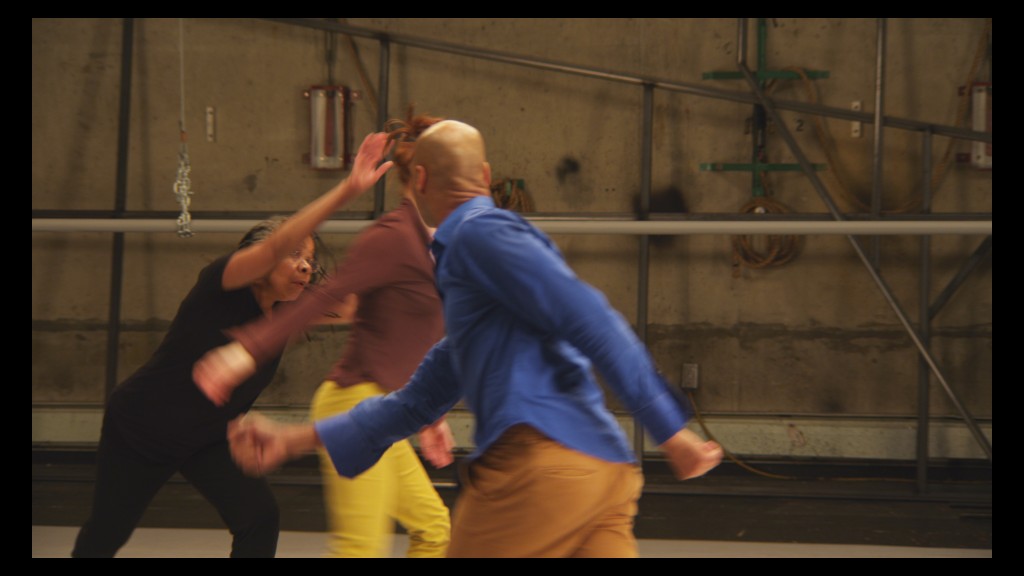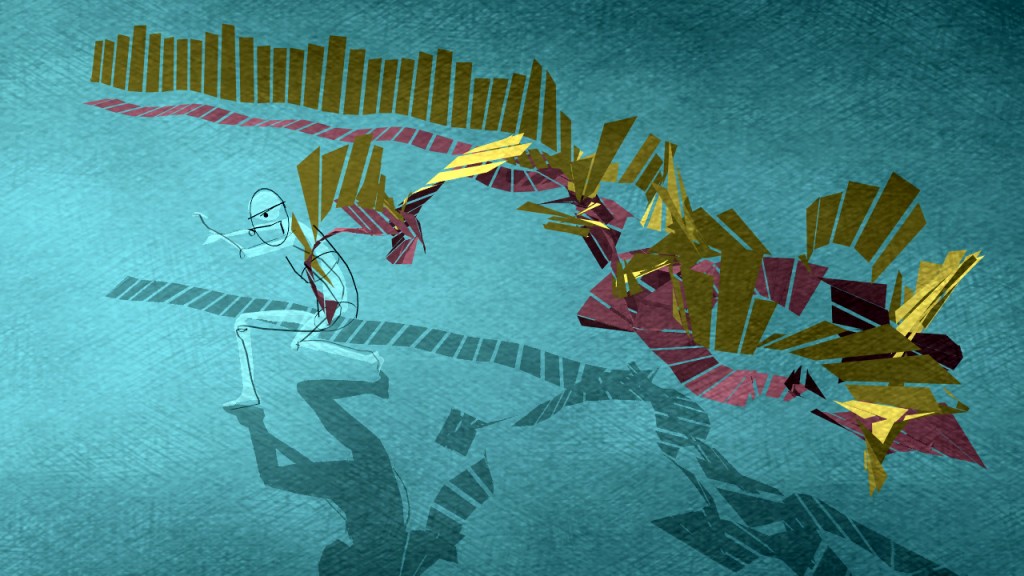Amazing news for two motion bank artists Bebe Miller and Deborah Hay, the Doris Duke Foundation announced its first “class” of Doris Duke Performing Artists Awards.
Press Release
THE DORIS DUKE CHARITABLE FOUNDATION AWARDS MORE THAN $5.5 MILLION TO THE FIRST CLASS OF DORIS DUKE ARTISTS
21 Outstanding Performing Artists Are the First Participants in an Unprecedented Nationwide Initiative to Expand Artistic and Personal Freedom for Creative Leaders in the Fields of Jazz, Contemporary Dance and Theatre.
NEW YORK, NY, April 19, 2012 — Twenty-one of America’s most vital and productive performing artists in contemporary dance, jazz, theatre and multidisciplinary work were announced today as the first class of Doris Duke Artists, sharing a total of $5.775 million awarded in an unprecedented new initiative of the Doris Duke Charitable Foundation (DDCF). Each member of the first class will receive an unrestricted, multi-year cash grant of $225,000, plus as much as $50,000 more in targeted support for retirement savings and audience development. Creative Capital, DDCF’s primary partner in the Doris Duke Performing Artist Awards, will also offer the awardees the opportunity to take part in professional development activities, financial and legal counseling, and grantee gatherings—all designed to help them maximize the use of their grants.
DDCF is granting these awards as part of a $50 million, ten-year commitment over and above its existing funding for the performing arts. By the end of the ten years, DDCF will have offered a total of at least 200 artists greatly expanded freedom to create, through an initiative that makes available the largest allocation of unrestricted cash grants ever given to individuals in contemporary dance, jazz, theatre and related fields. Provided to honorees through a rigorous, anonymous process of peer review—no applications are accepted—the grants are not tied to any specific project but are made as investments in the artists’ personal and professional development and future work.
DDCF is naming the first Doris Duke Artists in the year that marks the centenary of the birth of Doris Duke (1912-1993). The 2012 inaugural award recipients are:
• • •
Anne Bogart, theatre (New York, NY) Don Byron, jazz (New York, NY) Wally Cardona, dance (Brooklyn, NY) • Rinde Eckert, multidisciplinary performance (Upper Nyack, NY) • Bill Frisell, jazz (Seattle, WA) • Deborah Hay, dance (Austin, TX) • John Hollenbeck, jazz (Binghamton, NY) • Vijay Iyer, jazz (New York, NY) • Marc Bamuthi Joseph, multidisciplinary performance (Oakland, CA) • Elizabeth LeCompte, theatre (New York, NY) • Young Jean Lee, theatre (Brooklyn, NY) • Ralph Lemon, dance (New York, NY) • Richard Maxwell, theatre (Brooklyn, NY) • Sarah Michelson, dance (Brooklyn, NY) • Bebe Miller, dance (New York, NY and Columbus, OH) • Nicole Mitchell, jazz (Long Beach, CA and Chicago, IL) • Meredith Monk, multidisciplinary performance (New York, NY) • Eiko Otake, dance (New York, NY) • Takashi Koma Otake, dance (New York, NY) • Basil Twist, theatre (New York, NY) • Reggie Wilson, dance (Brooklyn, NY)

